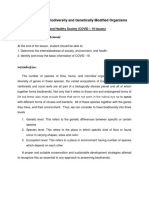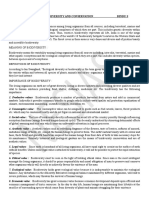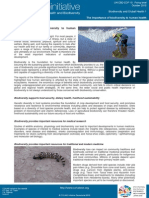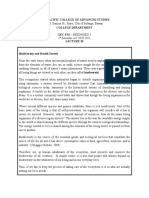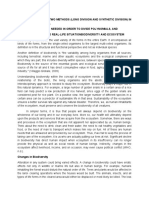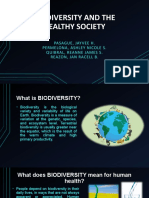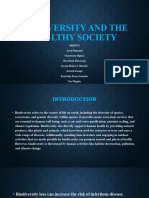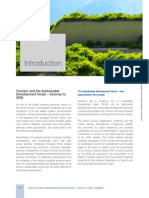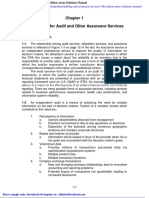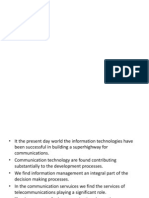0% found this document useful (0 votes)
14 views4 pagesIntroduction
Biodiversity is crucial for human health, providing essential resources such as food, clean water, and medicines, while also maintaining ecosystem balance and stability. The document discusses the importance of biodiversity in various aspects of life, including its role in food security, human health, and cultural significance, as well as the risks associated with biodiversity loss. Additionally, it addresses the implications of genetically modified organisms (GMOs), highlighting their potential benefits and health risks, alongside economic concerns related to agricultural practices.
Uploaded by
michaeljohnromano.lubianoCopyright
© © All Rights Reserved
We take content rights seriously. If you suspect this is your content, claim it here.
Available Formats
Download as DOCX, PDF, TXT or read online on Scribd
0% found this document useful (0 votes)
14 views4 pagesIntroduction
Biodiversity is crucial for human health, providing essential resources such as food, clean water, and medicines, while also maintaining ecosystem balance and stability. The document discusses the importance of biodiversity in various aspects of life, including its role in food security, human health, and cultural significance, as well as the risks associated with biodiversity loss. Additionally, it addresses the implications of genetically modified organisms (GMOs), highlighting their potential benefits and health risks, alongside economic concerns related to agricultural practices.
Uploaded by
michaeljohnromano.lubianoCopyright
© © All Rights Reserved
We take content rights seriously. If you suspect this is your content, claim it here.
Available Formats
Download as DOCX, PDF, TXT or read online on Scribd
/ 4





